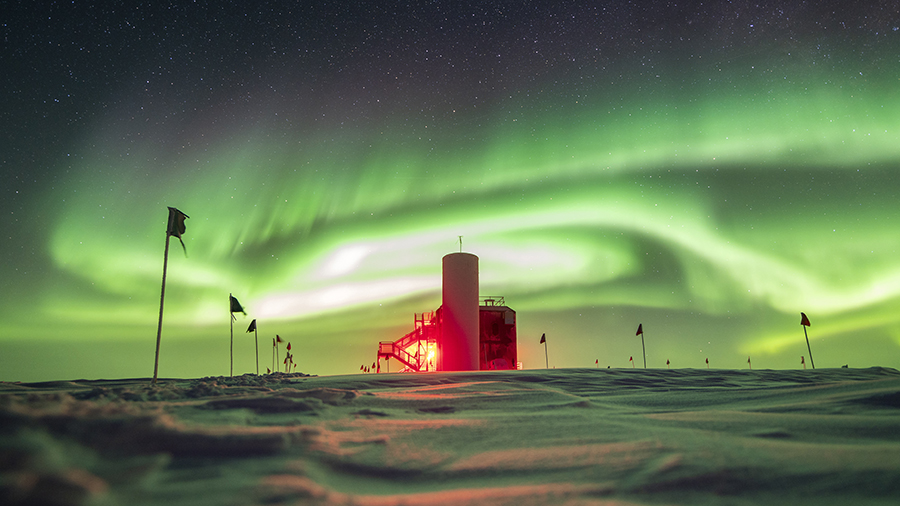|
Neutrinos: the universe's most common, yet little understood particle National Science Foundation Posted October 6, 2021 Join PBS NOVA as they follow the international team of researchers working to understand the subatomic world. Featured in the documentary is footage and scientists from Antarctica's IceCube Neutrino Observatory. Sometimes called the world’s strangest telescope, the IceCube Neutrino Observatory is made up of 5,000 light sensors deployed nearly a kilometer under the Antarctic ice at the South Pole. Despite the harsh Antarctic environment, the South Pole is an ideal location for detecting neutrinos: a tiny, little-understood particle that could reveal mysteries in our universe. To learn more about the research visit the IceCube website and watch the documentary on the NOVA website.
|



For USAP Participants |
For The Public |
For Researchers and EducatorsContact UsNational Science FoundationOffice of Polar Programs Geosciences Directorate 2415 Eisenhower Avenue, Suite W7100 Alexandria, VA 22314 Sign up for the NSF Office of Polar Programs newsletter and events. Feedback Form |


